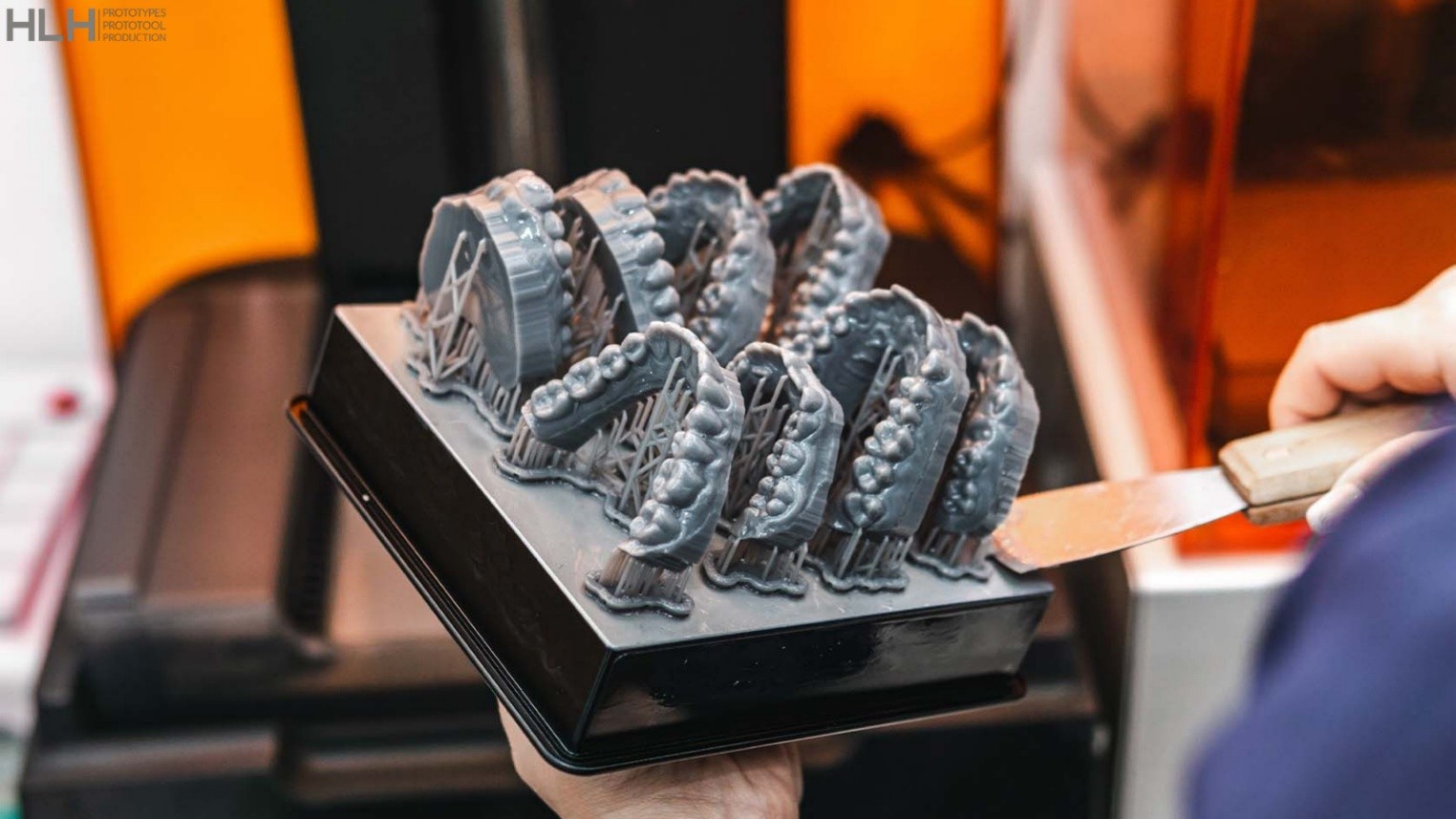Everything You Should Know About Prototyping Plastic Parts with Molding Processes

Plastic injection molding has become indispensable for rapid prototyping. Instead of waiting months for production-ready parts, product designers and engineers can now create a functional prototype plastic part and low-volume batches within weeks, so they can test ideas and validate their design’s performance before moving to full-scale manufacturing.
Not sure how molding works for prototyping plastic parts? We’re here to share more details and explain how it can save you money and speed up your time to market.
Why use molding to make plastic prototypes?
✅Faster builds – Molds ready in 1–6 weeks
✅Lower cost – Ideal for 1 to 100,000 parts
✅Easy to tweak – Update designs without high tooling costs
✅Real testing – Check fit, strength, and material behavior
✅Ready to scale – Seamless shift to full production
Injection molding for prototyping is a cost-effective way to create small runs of plastic parts for testing and product development. Traditional injection molding depends on hardened steel molds, which are expensive and time-consuming to produce. On the other hand, rapid prototyping uses temporary molds made from aluminum, even 3D-printed resins and soft steel. These alternatives allow manufacturers to quickly produce a working prototype plastic part without the heavy investment of full-scale tooling.
This approach is especially useful when your designs need multiple iterations. It allows you to test your prototype in real-world conditions to gain feedback as soon as possible, so you can refine your design before moving forward to mass production. The process effectively bridges the gap between initial concept and long-term manufacturing.
How does rapid prototyping differ from traditional molding?
While both rapid prototyping and conventional injection molding share the same molding principles, they have key differences that are worth noting:
- Mold materials
Prototype molds are often made from aluminum or soft steel. Meanwhile, most traditional molds use hardened tool steel. - Lead times
It can take 8 to 12 weeks to make a traditional mold. However, prototype plastic part molds are typically ready in just 1 to 6 weeks. - Production volume
For runs ranging from one to 100,000 parts, prototype injection molding is more ideal. On the other hand, traditional molds are designed to produce millions of parts over their lifespan. - Design flexibility
It’s easier and more affordable to adjust designs with prototype molds. - Costs
Full-scale molds can cost tens or even hundreds of thousands of dollars, making prototype molding more practical and cost-effective for short runs or testing purposes.
How does injection molding support product development?
Engineers and manufacturers can test and improve their designs more efficiently by creating a prototype plastic part through injection molding. By catching flaws early, teams can avoid expensive redesigns later in the cycle. It also confirms that parts fit and function properly before scaling up for end-use manufacturing.
Injection molding is also valuable for testing materials. Manufacturers can evaluate materials for strength and performance to ensure that the final design meets product requirements. All these advantages shorten development timelines and help companies launch products faster.
Benefits of molding for prototyping
Prototyping plastic parts through molding comes with several clear benefits:
-
Speed up development for faster market entry
Traditional molding can take months to complete, from mold design to production. Rapid prototyping reduces the time it takes to make a mold, so you can test designs and make iterations quickly. This faster cycle means your product can reach the market sooner, giving you a stronger competitive edge.
-
Refine designs before mass manufacturing
Prototype parts make it easier to test fit and function in real-world conditions. By identifying weak points early, you reduce the risk of defects and performance issues in the final product.
-
Save money and time in design verification
Producing prototype plastic parts in small batches through rapid prototyping is far more cost-efficient than immediately investing in production tooling.
-
Scale to your production needs
Once the design is finalized, transitioning from prototyping to full-scale production is seamless. Manufacturers can refine mold designs and switch to high-durability tooling for large-volume runs.
Let’s make your prototype plastic parts
Whether you require just one prototype plastic part or up to 100,000, let’s talk about your project, and we’ll adapt our injection molding service to meet your specific needs. Reach out to us today here at HLH Prototypes for a free project review so we can support your product design and development process.
